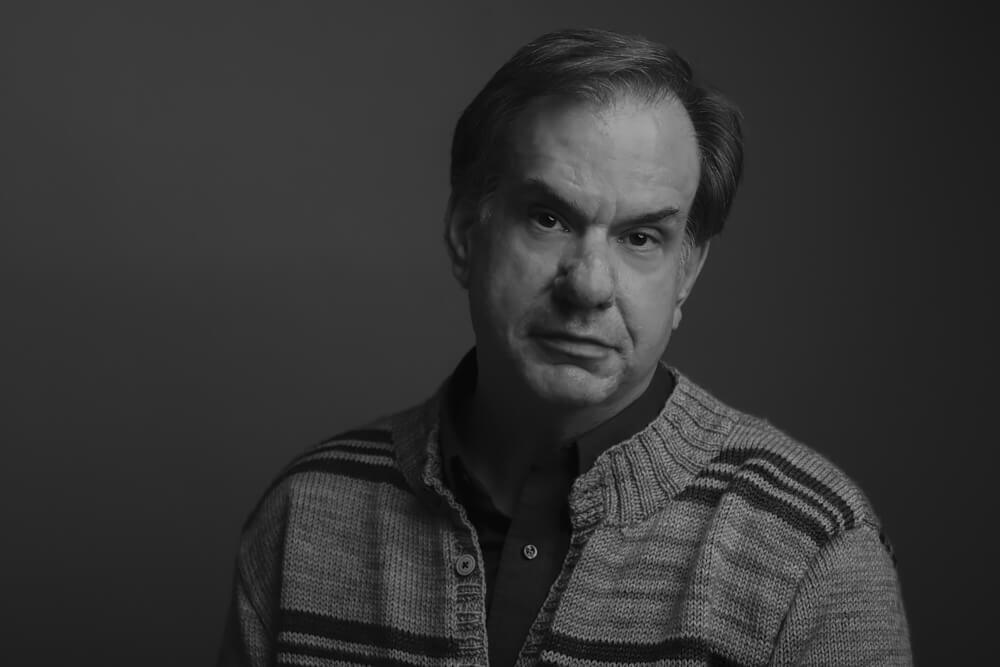Warren Agee, born 1966 in Buffalo, NY, USA, is a fine art photographer whose practice explores his connection with the natural world. After attempting many different creative careers including drawing, architecture, jewelry-making and the fiber arts, Warren accidentally discovered photography in the mid 1990s while making color transparencies of his jewelry to submit to juried art fairs. He soon pointed his camera to everything growing in his yard and never looked back. He fully embraced digital technologies in the early 2000s. He works primarily in monochrome. "Unless it is the focal point of an image, I find color tends to distract from form and content. My photographer's eye primarily sees structure, composition, and texture." His work has been exhibited in various galleries including Middlebury, VT. and Minneapolis, MN, as well as receiving honorable mentions in the 2021 Monovisions Awards. He currently resides in Petaluma, CA, USA.
Statement
The slopes of Mt. Tamalpais ("Mt. Tam"), which rises over 2500 feet above Marin County just north of San Francisco, consists of a vast and varied landscape of rolling grasslands, meadows, canyons, lakes, waterfalls, and redwood forests. Marine fog rolls in off the Pacific coast and supplies moisture year-round, creating what seems to be a tropical rainforest complete with moss-covered oaks and boulders. It is an unlikely setting for a region located a mere 20 miles from a bustling city. The average age of the redwoods on Mt. Tam is 600-800 years, a mind-boggling number to consider as you stand underneath them. These images attempt to portray the otherworld quality of Mt. Tamalpais., where one half-expects fairies and trolls to greet you as you hike along the trails.
